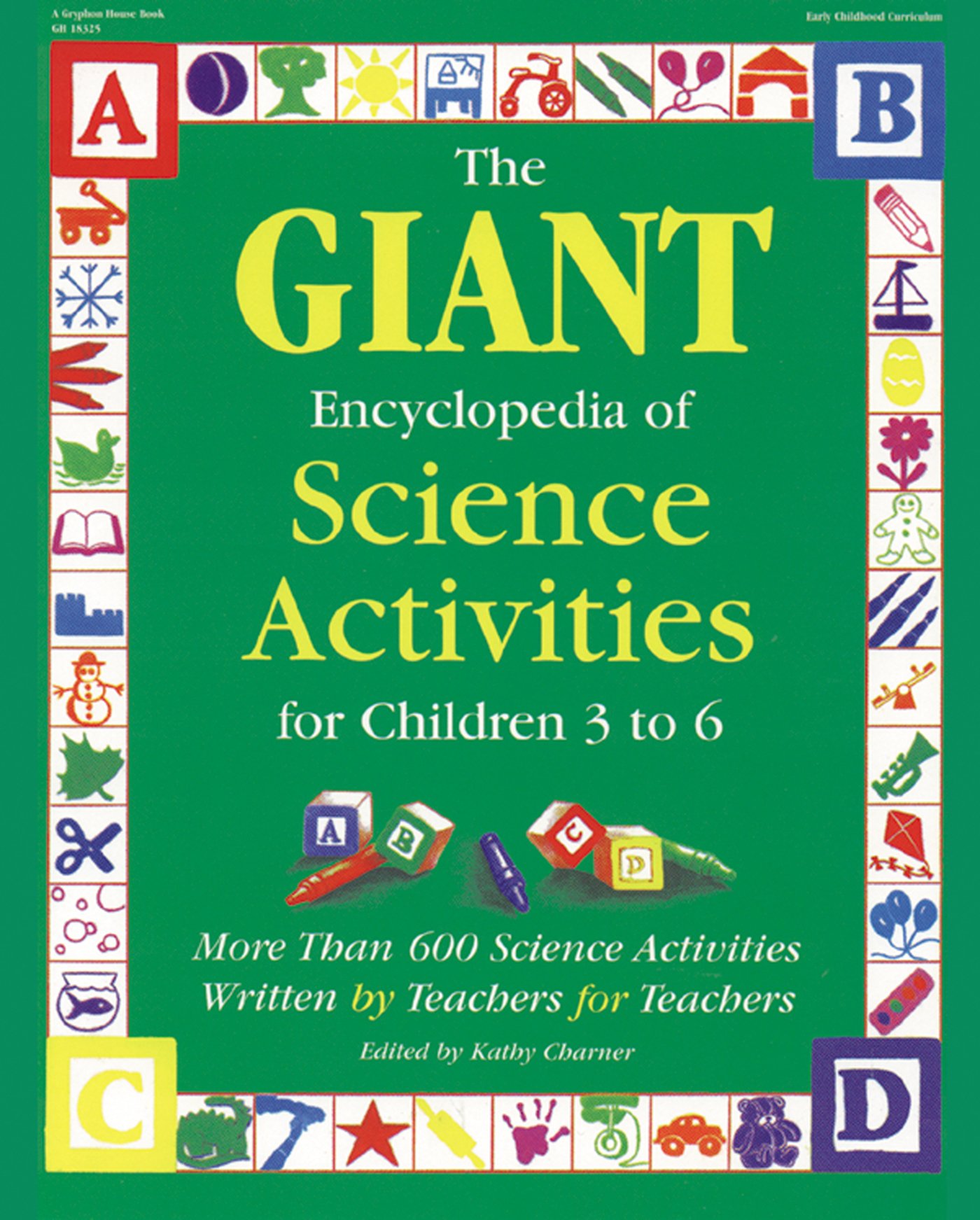Materials
Sea otter pattern to trace Brown construction paper
Navy blue or turquoise construction paper Blue crayon or marker
Medium-point black marker 12 mm wiggle eyes
White glue White drawing or construction paper
One small seashell per child Scissors
Small seashells
Instructions
1. After talking about sea otters, help the children make one of their own.
2. Find areas on the globe where sea otters might live. Discuss ocean water pollution. How is it harmful to the sea otter? If the otter's fur is not clean, it will not be able to hold air bubbles and the otter could freeze to death from the cold water. The otter would not be able to float as well.
3. Make sea otter pattern and trace the otter and two arms and one hind leg on brown construction paper. Cut out the patterns.
4. Cut strip of blue paper 3" (7.
5 cm) high and 12" (30 cm) long. Draw waves on the top edge with a blue crayon and cut out.
5. Draw one ear, nose, whiskers and a leg line with black marker and lines for toes on one paw and both feet.
6. Glue on the wiggle eye and the rear leg as shown.
7. Make a fold flap on one arm and glue it to the top of the otter and the other arm to back.
8. Glue the otter to white paper, then glue ocean waves, and then finally the shell between the paws.More to doSand and water table: Float objects in the water, such as a cork, sponge or air-filled balloon. What objects will not float? Put a penny, a nail and a heavy button in the water.Special days: Have a designated sea otter day. Ask the children to bring plush otters, photos or pictures of otters to school.Original poemThe Sea OtterThe cute little otter is very very shy.His is quite furry with a whimper-like cry.He grabs a sea urchin, starfish or clam shellTucks it in his skin pocket and gets a rock as well.Then cracks the shell with the rock as he floatsOn his back relaxing like a worthy row boatThen rolls over and twists and squirms in quick timeTo get rid of shell bits, food scraps or fish slime.He eats and swims and nose dives at nightUsing his whiskers and ears but not his sight.When he wants to sleep, he gets a leaf of kelpAnd wraps his blanket around himself.His thick fur must be kept very, very cleanSo it can trap air bubbles, but he is rarely seen.He lives in the ocean and is playful and freeWith his sweet face he is called "the clown of the sea."
